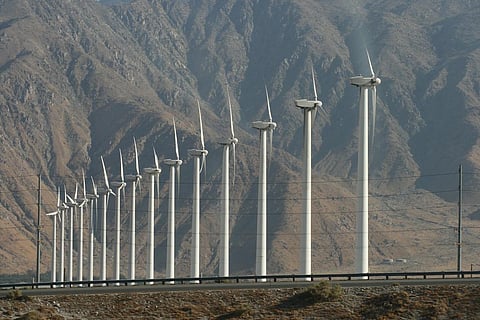

India has huge capacity to develop renewable energy infrastructure. However, wind and solar resources are spatially heterogeneous across India, finds a study conducted by researchers from the Lawrence Berkeley National Laboratory—a member of the national laboratory system supported by the US Department of Energy.
India has set a target of developing 175GW of renewable energy by 2022 and also 40 per cent of total power generation from non-fossil fuel sources by 2030. For this to happen, the country needs to overcome economic and siting challenges, along with power system challenges.
What’s the objective of the study?
The study, conducted by the International Energy Studies Group from the Lawrence Berkeley National Laboratory, used Multi-criteria Analysis for Planning Renewable Energy (MapRE) methodological framework. The broader objective was to “spatially identify the amount and quality of wind and utility-scale solar (a solar facility that generates power and feeds the grid supplying a utility with energy) resource potential in India and the possible siting-related constraints and opportunities for development of renewable resources”.
The study, titled ‘India Renewable Energy Zones’, identifies “cost-effective, equitable, and environmentally sustainable wind, solar PV and concentrated solar power (CSP) zones across India”.
Factors considered for selection of sites that can be developed as renewable energy zones
Findings of the study
Availability of groundwater resources was not analysed as part of this study.
Scope for developing co-location for wind and solar generation
The research also points out that about a quarter (28 per cent) of all solar PV zones overlap with wind zones, which means it is an opportunity for developing co-location for both. It will also be economical and easy to develop transmission extensions which can be used for both.